Time tracking is often misunderstood as a tool for control—but in reality, it can be a powerful driver of clarity, alignment, and strategic growth. When done right, it reveals where time is truly spent, highlights hidden inefficiencies, and helps teams make smarter, faster decisions. From managing burnout to improving forecasting, a time tracker empowers businesses to grow with intention—not chaos.
💼 For Growth-Focused Operations Teams
Operational KPIs powered by time data
| 📊 Metric | 📏 What it measures | 🎯 Strategic benefit |
|---|---|---|
| ⏱️ Task completion time | Time per task | Spot bottlenecks and reduce cycle duration |
| 📆 Project cycle time | Time from start to finish | Improve delivery predictability |
| 🤝 Cross-functional hours | Time spent supporting other teams | Reduce hidden friction and overhead |
| 🔁 Rework time | Time spent correcting tasks | Lower inefficiency and improve quality |
| 🕳️ Downtime gaps | Time between task transitions | Identify idle time and optimize throughput |
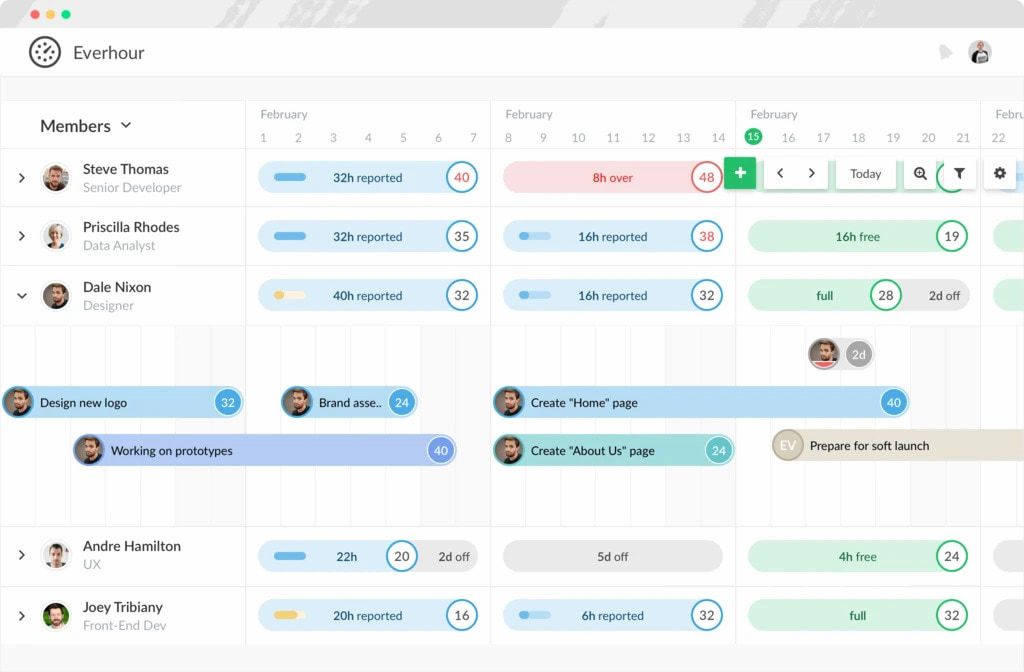
🚀 Why it matters:
Fast-scaling organizations often hit bottlenecks due to a lack of operational visibility. Employee time tracking done right helps remove these blind spots by identifying workflow constraints and enabling real-time resource alignment. It also supports cost savings and scaling efficiency by ensuring optimal use of limited resources.
🔧 Expanded use cases & outcomes:
- ⏱️ Workflow clarity: Reallocate work based on where time actually flows.
- 📊 Baseline optimization: Benchmark team rhythm and iterate confidently.
- 🔄 Process-led improvements: Uncover task delays and cross-team lags.
- 🧹 Rework reduction: Visualize repeat errors and correct them faster.
- 🔎 Downtime diagnosis: Surface silent inefficiencies between tasks.
- 📈 Output correlation: Connect time input to completed output volume.
📊 For Finance & Growth Strategy Teams
Growth finance: time data for better decisions
| Use case | Time input | Financial ROI |
|---|---|---|
| 📊 Budget alignment | Task-to-cost mapping | Rebalance spend in real time |
| 📈 Revenue forecasting | Capacity vs. demand trends | Reduce forecasting errors and overruns |
| 💰 Profit center clarity | Time per client or product line | Identify most profitable engagements |
| 🚨 Budget variance flag | Deviations from planned hours | Alert for overspending before it scales |
| 📁 Audit trail accuracy | Time per task and phase | Improve audit readiness and documentation |
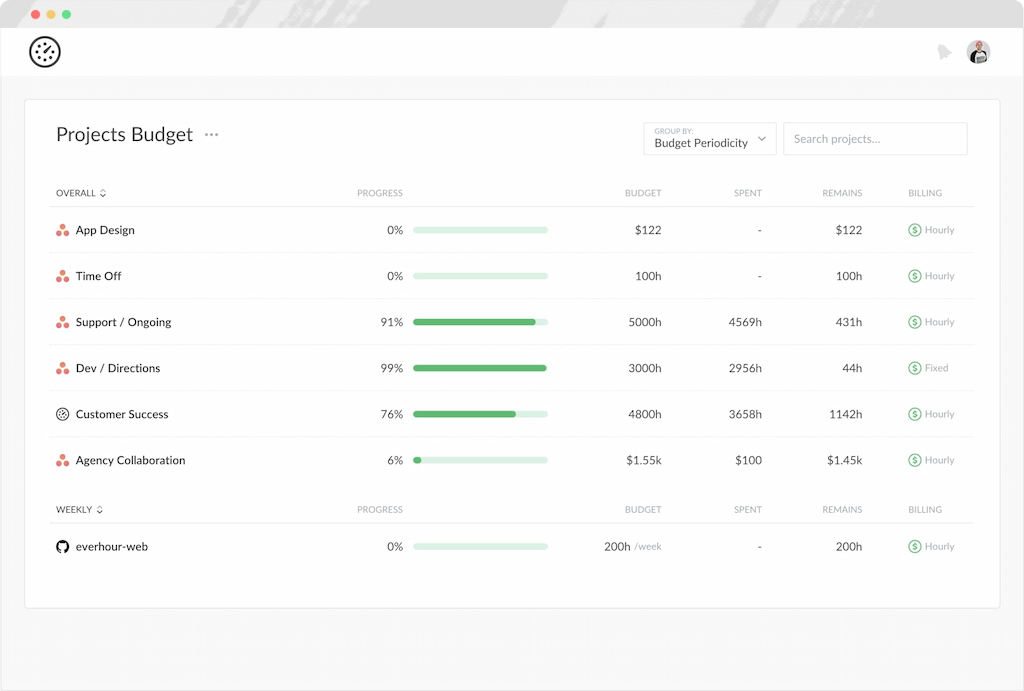
🚀 Why it matters:
Time is your biggest hidden cost. Without visibility, it’s impossible to know if teams are contributing to the margin or draining it. When time data is connected to outcomes, finance gains levers to adjust, optimize, and scale with precision.
🔧 Use cases & outcomes expanded:
- 📊 Real-time labor budgeting with alerts for cost drift
- 💰 Better client pricing aligned to time realities (e.g., 17% margin increase after aligning time tracking to client scope)
- 📁 Automated financial documentation with full audit trail
- 📈 Decision-ready time-to-outcome mapping
- 🧭 Transparent labor allocation by strategic priority
- 🚨 Detect overbudget patterns before quarter-end reviews
🧠 For HR & People Ops: Turning Workload into Growth Fuel
HR insights from time tracking
| 📊 Metric | 🔍 Insight | 🎯 Actionable Strategy |
|---|---|---|
| ⏱️ Overtime frequency | Persistent overwork across teams | Redistribute load before burnout spikes |
| 👶 Onboarding duration | Hours consumed onboarding new hires | Standardize and streamline training |
| 🏖️ PTO patterns | Unused or uneven leave across teams | Promote better work-life balance |
| 📉 Attrition indicators | Unusual time patterns or disengagement | Predict and prevent employee turnover |
| 📚 Training ROI | Time spent on learning vs performance | Optimize internal upskilling efforts |
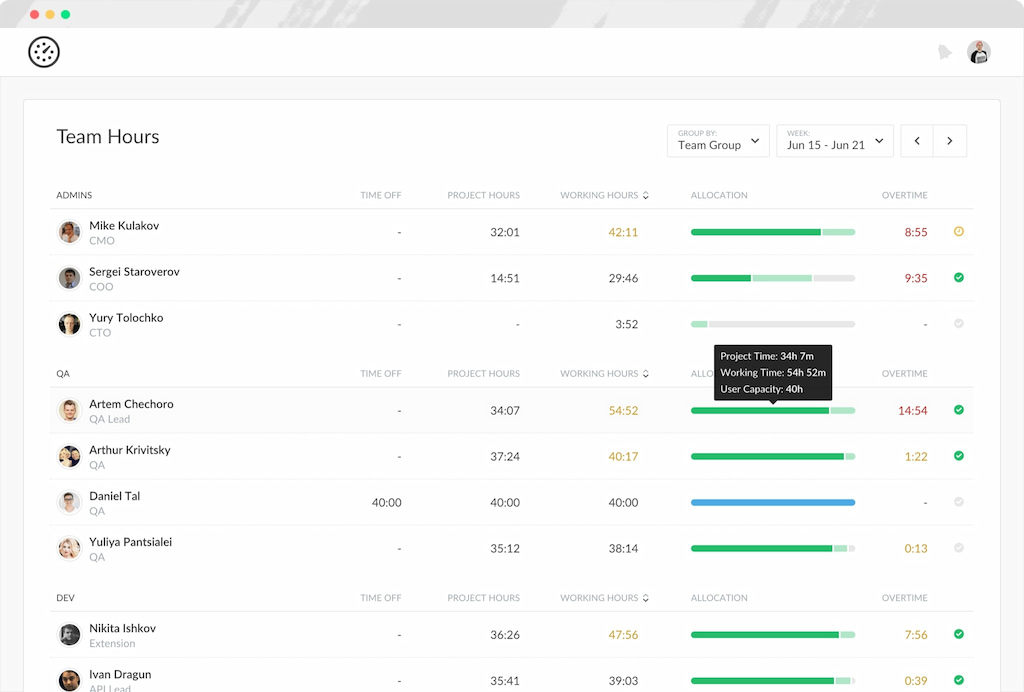
🚀 Why it matters:
Healthy teams drive sustainable growth. By analyzing workload and engagement through time data, HR can shift from a reactionary burnout response to proactive employee development and retention planning.
🔧 Deeper use cases & results:
- 🛑 Pre-burnout detection based on overtime and disengagement signals
- ⚖️ Team balance audits for fairness, DEI, and retention alignment (e.g., X Company reduced turnover 22% after time-based team equity audits)
- 🚀 Smarter onboarding using time-to-ramp data
- 📈 Career planning and promotions based on contribution visibility
- 🤝 Reinforced manager check-ins informed by real workload
🌟 For PMs & Team Leads: Plan Smarter, Deliver More
Delivery forecast table
| 📊 Metric | 🎯 Benefit | 📈 Predictability Outcome |
|---|---|---|
| 🕒 Est vs Actual Hours | Refine scope based on real data | Reduce missed deadlines and scope creep |
| ⚙️ Time per Feature | Track feature-level effort | Prioritize high-value work |
| 🏃 Sprint Velocity | Historical sprint hours | Make future sprints more predictable |
| 🐞 Defect Correction Time | Time spent fixing bugs | Reduce unplanned rework and late delivery |
| 📐 Planning Accuracy | Variance between planned vs. delivered | Improve stakeholder trust and team agility |
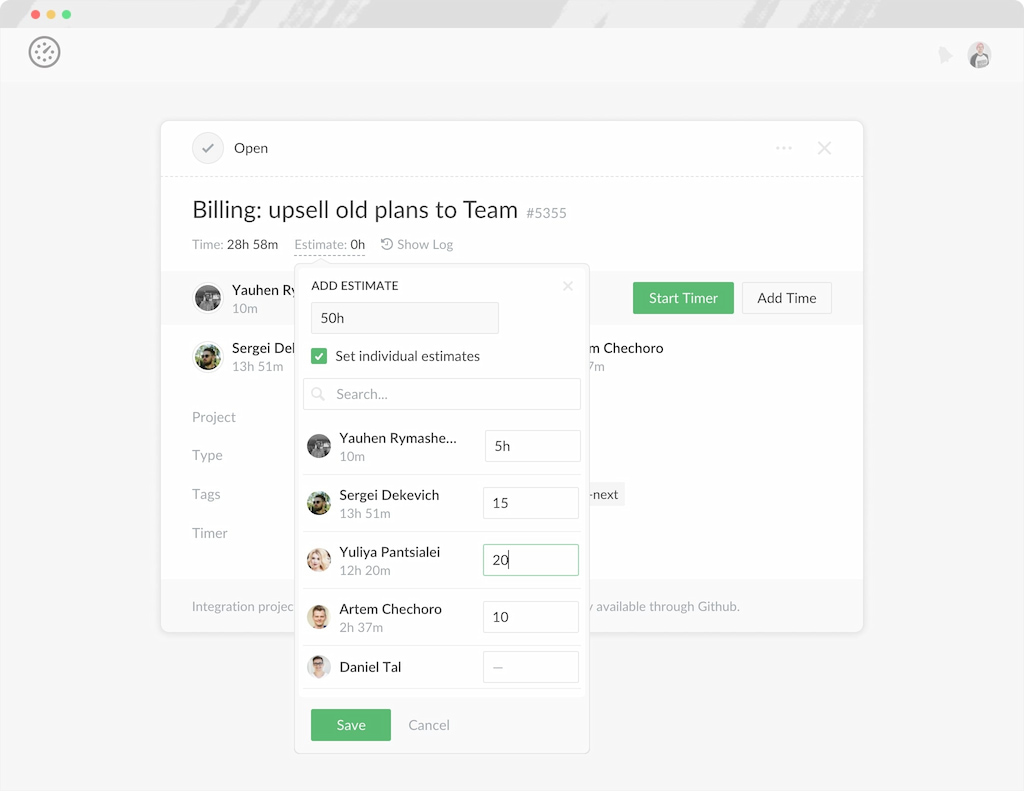
🚀 Why it matters:
Deadlines only matter if they’re met. Real-time tracking helps PMs replace reactive retros with predictive planning, surfacing feature drag, velocity blockers, and estimation gaps before they become issues.
🔧 Use cases expanded:
- 📊 Sprint review insights grounded in actual effort
- 📌 Backlog prioritization based on ROI of previous tasks (e.g., Reduced rework by 30% by realigning based on tracked backlog time)
- 🧠 Data-rich estimation and scoping conversations
- 📈 Agile retros that evolve with real-time trends
- 🕹️ Improved delivery cadence and reduced guesswork
🔍 For Executives: Growth Strategy Powered by Time Data
Why it matters
At the top, time reveals where the business is trending—not just where it’s stuck. With time visibility, executives can tie resource allocation directly to business performance, make staffing decisions faster, and clearly demonstrate strategy-to-execution ROI.
Expanded executive outcomes
- 👥 Headcount planning tied to productivity patterns
- 📊 Board reporting backed by real work metrics
- ⚖️ Cross-team load balancing for strategic goals
- 🔦 Spotlight underperforming functions early
- 🚀 Staff new growth areas using workload indicators
- 💰 Validate investment payoffs (tool adoption, org change)
📌 Why Everhour Helps Scale Time into Strategic Insight
Core capabilities
- Integrations with leading project, finance, and HR platforms
- Manual + automatic tracking with access control
- Clean UI that boosts org-wide adoption
- Multi-project syncing and smart tagging
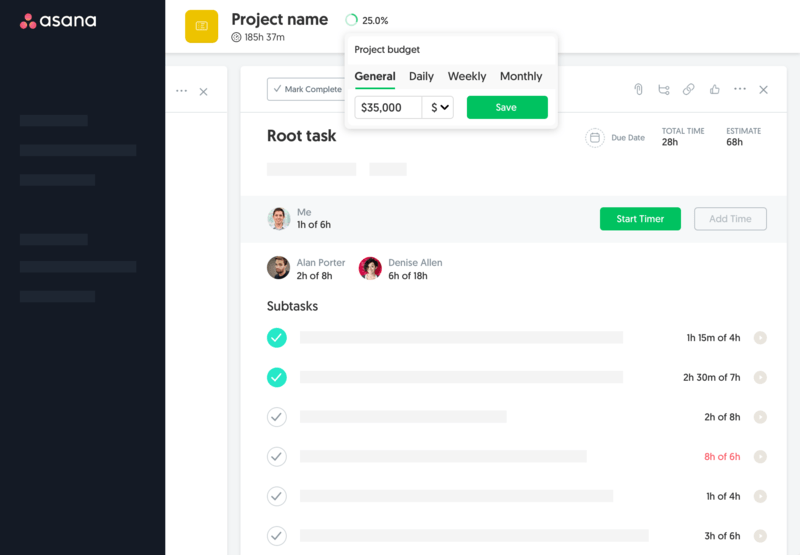
Strategic reporting & analysis
- Core reporting: Function-specific dashboards, exportable audit-ready reports
- Proactive analytics: Trend lines to identify improvement or regression, alerts for abnormal patterns
🤝 FAQ: Making Time Tracking Strategic
❓ Is time tracking just a compliance thing?
Absolutely not. It powers operations, finance, HR, and delivery planning across growth cycles.
❓ What if our teams resist it?
Start simple. Use tools like Everhour that integrate into existing workflows with minimal friction.
❓ How do we turn time data into growth insight?
Start with one goal and measure change. Expand from there.
❓ Can we customize by department or function?
Yes. Everhour supports layered filters, custom dashboards, and reporting by team or role.
❓ What are some quick wins for time tracking ROI?
Client delivery, budgeting accuracy, and training effectiveness often improve in <30 days.
🚀 Final CTA: Go From Firefighting to Forecasting
Don’t let time stay invisible. Start tracking smarter with Everhour! Gain clarity, move faster, and scale with confidence.
👉 Start your free trial today and see real-time impact in under 15 minutes.

